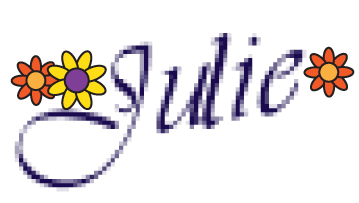Response to Intervention is the practice of providing high quality instruction and intervention matched to student need and using learning rate over time and level of performance to make important educational decisions.
Schools who implement a RtI model use a tiered system of instruction and intervention. The 3-Tier Model introduced by the Vaughn Gross Center for Reading and Language Arts in 2005 has been primarily the model that we have used to help us guide our RtI practices. In a tiered system, students are provided with research-based core instruction and intervention. Depending upon their response to that instruction, they progressively move though the tiers. In a tiered system, research would indicate that 80% of the students in the classroom should reach benchmark goals with high quality core reading instruction only. 15% of the students within the classroom will require additional targeted intervention in addition to core instruction and 5% of students will require a significant amount of intervention to reach benchmark goals.
Click the following link to download the above graphic Response to Intervention- 3 Tiered Model
Tier 1
Tier one instruction is the core reading instruction provided by the general education teacher within the general education classroom. Using the Reading First guidelines, the reading block must consist of at least 90 minutes of uninterrupted instruction in the five key components of reading instruction (phonemic awareness, phonics, fluency, vocabulary and comprehension). Most schools implementing a RtI model chose a scientifically-based reading curriculum. Within the reading block, multiple grouping formats are used which include whole group and small-group instruction. Students are typically group heterogeneously during core small group instruction.
Tier 2
Students who are not progressing with Tier 1 instruction alone will require addition support to reach benchmark goals. These students are still receiving the core instruction during their 90 minute literacy block (whole group and small group), but need time and practice above that to progress. Students who require Tier 2 instruction receive small group intervention with other students with the same specific skill deficit. In other words, students are grouped homogenously during Tier 2. Students received an additional 30 minutes a day of skill-based intervention in addition to their core reading instruction. This intervention needs to be teacher-directed as explicit instruction and guided feedback cannot be provided by a computer program or a peer. Tier 2 intervention can be provided by the classroom teacher or another highly trained teacher (Reading Specialist). In terms of assessment, students receiving Tier 2 intervention are progress monitored at least twice a month to ensure that they are progressing. “Digging deeper” assessments are also administered to identify specific skill deficits.
Tier 3
Tier 3 is reserved for students who are not progressing as expected with Tier 2 intervention and core reading instruction. Students in Tier 3 intervention receive high quality research-based intervention as students in Tier 2, but with greater intensity and with a lower teacher-student ratio (e.g 1:3 or 1:1). The smaller the group size, the more opportunity the student has for practice and response. Because these students are significantly behind, instruction needs to more systematic and explicit with many opportunities for practice. The Vaughn Center recommends that Tier III instruction should be 60 minutes of intervention in addition to core reading instruction. Because of the intensity required with students receiving Tier III, typically the majority of the intervention is provided by a Reading Specialist. Frequent progress monitoring (once a week) is required as well as “digging deeper” assessments to identify skill deficits.
The above tiers can be used as guidelines for instruction/intervention. Professional judgment must be used when matching the type and intensity of intervention. For example, if a student moves into your school and is significantly below grade level, he/she may be immediately placed in Tier III. If your school is beginning to implement RtI, you might want to check out my two favorite reference books. Just click on the pic of the book.





